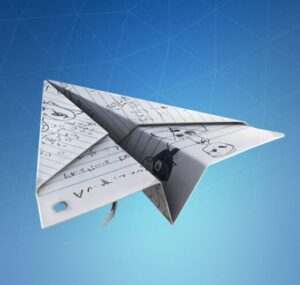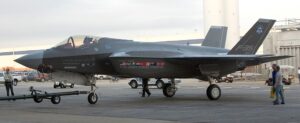 I have zero qualifications to design supersonic fighter jets, or anything else more sophisticated than a paper airplane, but here goes anyway.
I have zero qualifications to design supersonic fighter jets, or anything else more sophisticated than a paper airplane, but here goes anyway.
“The pilot of a South Korean F-35A jet fighter made an emergency ‘belly landing’ at an air base on Tuesday after its landing gear malfunctioned due to electronic issues,” CNN reported (read story here).
“According to experts, the ‘belly landing’ … was an unprecedented event for the $100 million US-designed stealth fighter now in use or on order by more than a dozen countries,” CNN said.
Belly landings, on land and water, have been done before — perhaps most famously by Capt. Chesley Sullenberger and his co-pilot Jeffrey Skiles, who landed a disabled Airbus 320 with 155 crew and passengers aboard in the Hudson River without loss of life.
But doing it in an F-35 is especially tricky because of the plane’s flying characteristics.
“A gear-up landing on the F-35 may be quite difficult and dangerous because of the angle of attack the aircraft has on approach to touchdown,” said David Cenciotti, a former Italian air force officer.
“The F-35 lands really fast. It’s not an F-16, 18 or 111,” says Peter Layton, a former Australian air force officer. CNN says Layton also expressed surprise the pilot didn’t eject, which of course would have destroyed the plane.
Damage to the plane, and whether the aircraft is repairable, isn’t described in the article. We probably can safely assume the undercarriage took a significant beating from a high-speed landing on a concrete runway. The plane might not be salvageable if the airframe was compromised, but at the very least, the engine and many of the parts would be reusable.
Anyway, here’s my idea. Why not build sacrificial runners or skids into the undersides of the engine nacelles, so if a plane has to make a gear-up landing, it can slide on those cheap and easily-replaced protuberances? It looks simple to do, as the bottom of the nacelles is a straight line, not a fancy curve (see photo below).
Of course, the Lockheed engineers and pilots will tell you it won’t work. It’ll slow the plane down and decrease its maneuverability by adding drag and weight, reducing its advantage in combat. Or maybe, if the designers were thinking about it, the ability to slide the plane on its belly with minimal damage is already built into the design. Maybe those bright guys in the Skunk Works thought of this before I did. (After all, who am I?)
I sure hope so, because a hundred million bucks is a lot of money to lose from a design oversight.
